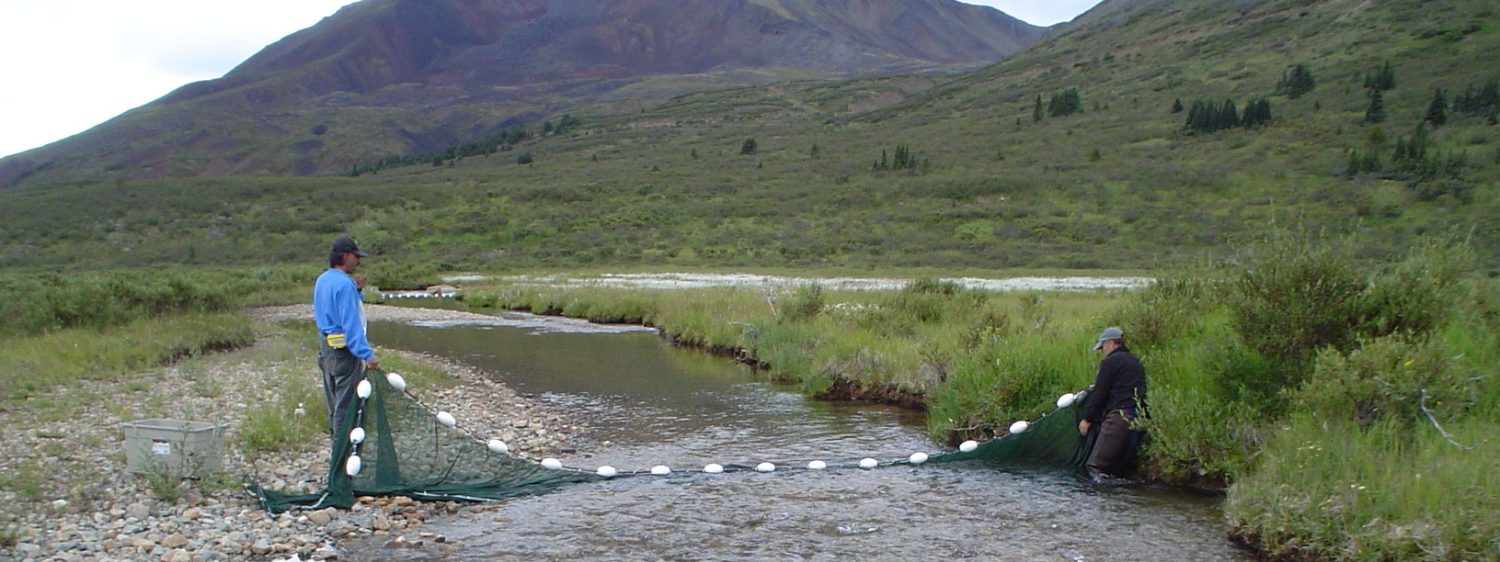Ecological restoration has been defined by the Society for Ecological Restoration (SER) as “the process of assisting the recovery of an ecosystem that has been degraded, damaged or destroyed”, whereas habitat enhancement refers to the manipulation of the physical, chemical or biological characteristics of a habitat to improve a specific ecosystem function.
JBL’s biologists have the knowledge and expertise to conduct ecological restoration and enhancement projects in aquatic, wetland, riparian, and upland habitats. Many ecosystems have been damaged or destroyed by anthropogenic activity (e.g., damming of rivers, draining of wetlands, road construction and urban development). This activity has led to altered or lost ecosystem structure and function. Restoration is often required by regulators to offset project impacts, including infringement into (or destruction of) sensitive habitats.
To restore or enhance natural ecosystems, we assess the functional components of the site including: hydrological function (e.g., stream flow, water elevation), geochemical function (e.g., water quality, slope stability) and/or biological function (e.g., wildlife and plant communities and diversity). JBL’s range of restoration or enhancement activities includes:
• Development of fish habitat mitigation and offsetting plans,
• Design of spawning and rearing channels for salmonids,
• Design of fish passage structures,
• Design and construction of wetlands and wildlife habitat features,
• Development and implementation of planting programs, and
• Effectiveness monitoring studies.
Selected Projects:
– As part of our contract with the Ministry of Forests (MOF), JBL has developed mitigation and offsetting strategies to compensate for the adverse effects from upgrades of the In-Shuck-ch Forest Service Road (FSR) along Lillooet Lake, and the Squamish River Valley FSR, on fish and riparian habitat (Sea to Sky Resource District, MOF, 2014-present).
– JBL developed a detailed compensation plan for wetland habitat that was impacted as a result of the construction of a substation along Highway 37 north of Stewart, BC. JBL’s work involved ecological wetland inventories, wetland classification, impact assessment of the infringement of the project into wetland and riparian habitat, and habitat balance. JBL proposed the construction of two wetland ponds, and wetland and riparian restoration through planting with native species, as well as multi-year monitoring and maintenance. For: Atkins Réalis Inc/BC Hydro, 2022 – 2024.
– JBL provided environmental oversight and monitoring of the placement of six large rock-spurs into the west bank of Sloquet Creek perpendicular to the flow to cause scour and deflect the main current away from the bank. The work was necessary to protect the adjacent FSR that had been threatened by storm damage. JBL’s role also included developing a Construction Environmental Management Plan (CEMP), DFO Request for Review application, and restoration planting of the impacted riparian area along Sloquet Creek (Sea to Sky Resource District, MOF, 2022-2023).
– Restoration of fish habitat along the shore of Lillooet Lake to offset adverse effects from road widening of a section of the In-SHUCK-ch Forest Service Road (FSR). JBL designed and oversaw the installation of low-profile rock spurs into Lillooet Lake. The rock spurs were laid-out in lines perpendicular to the shoreline to provide low-velocity refuges for salmonids during high water, and facilitate sediment accumulation and vegetation growth adjacent to the bank. For: Sea to Sky Resource District, Lillooet Valley, BC, 2017.
– Restoration of fish access to the Weldwood spawning channels on the Squamish River Forest Service Road (FSR). JBL’s biologist collaborated with the Ministry of Forests, Lands and Natural Resource Operations and Fisheries Oceans Canada to re-establish fish passage by embedding two 1600 mm CMP culverts under the FSR and re-aligning flows in the groundwater channels. The culverts enable fish access to a groundwater channel on High Falls Creek and a previously isolated Weldwood spawning channel. For: Sea to Sky Resource District, Squamish Valley, BC, 2016.
– Planning, design and supervision of the construction of wetland habitat, consisting of two ephemeral ponds and a stream channel, in the right-of-way of a substation. Habitat restoration was required to maintain hydrological function of a non-fish-bearing creek adjacent to the site, and restore amphibian habitat that was lost as a result of vegetation clearing. JBL’s biologist also prepared a planting plan and As-Built report, and conducted a 2-year monitoring program. The restoration resulted in a functioning wetland habitat used by six native amphibian species, including species at risk (red-legged frog and western toad). For: SNC-Lavalin Inc. / BC Hydro, Saltery Bay, BC, 2009-2013.
– Restoration of a subalpine meadow following site remediation at Blackwall Mountain, Manning Park. The restoration program involved baseline vegetation inventory, site preparation, re-seeding with locally occurring native alpine seed-mix, and 2-year monitoring. Restoration success was measured as percent vegetation cover, with long-term targets of 80% re-establishment of native plant cover and 0% invasive plants. For: SNC-Lavalin Inc. / RCMP, Manning Park, BC, 2011-2013.

